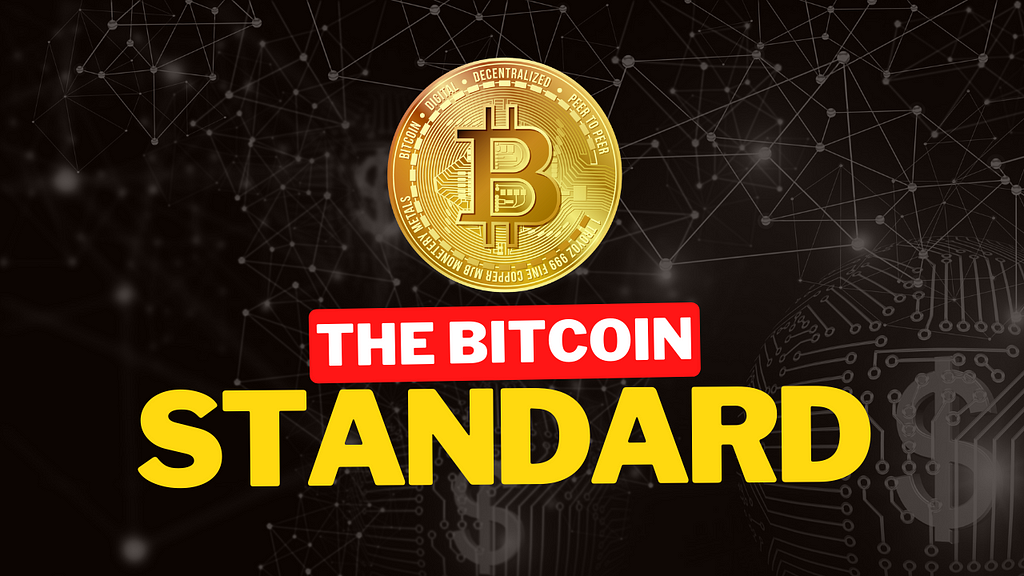Bitcoin is a digital asset secured by cryptography and stored on a public ledger, akin to a bank’s ledger but with significant differences. Unlike banks that are centralized, Bitcoin operates on a decentralized network. This network is administered by software, and the ledger is distributed across every node worldwide, ensuring that everyone has a copy. This distribution makes the ledger immutable, meaning once transactions are recorded, they cannot be altered, making every transaction since Bitcoin’s inception accessible to everyone but without attaching personal identities. Instead, transactions are linked to wallet addresses.
Originally created for peer-to-peer transactions, Bitcoin’s use has evolved. While direct transactions are still possible and simple, requiring just the recipient’s wallet address, the majority of Bitcoin holders view it more as an investment, speculating on its value increase rather than using it for everyday purchases.
Bitcoin’s technology ensures that every 10 minutes, transactions are batched and updated across the global network, verified securely, and become immutable blocks on the Bitcoin blockchain. This process has functioned flawlessly for over a decade.
The unique aspects of Bitcoin, such as its decentralization, immutable ledger, finite supply of 21 million, enhanced security, and portability, set it apart from other cryptocurrencies. Its role has shifted towards being a store of value, akin to physical gold, rather than for daily transactions. This transformation is attributed to its growing value and potential to significantly increase in worth.
Bitcoin’s market cap growth from $850 billion to over $1.4 trillion in just a few months underscores its significant impact, even overtaking silver and potentially gold in the future. Its valuation could soar, making Bitcoin a critical asset to watch.
Bitcoin is recognized as a commodity by the SEC, differentiating it from other cryptocurrencies deemed securities. This classification stems from Bitcoin’s unique properties, such as the energy-intensive mining process, akin to the physical mining of gold and silver, underscoring its value.
Comparing Bitcoin to real estate investments highlights Bitcoin’s advantages, such as immediate transactions and less regulatory hassle, making it an attractive alternative investment. The liquidity of Bitcoin and the recent approval of ETFs further validate its status and offer retail investors a unique opportunity to engage with this digital asset.
Selling real estate involves a considerable amount of paperwork and can take months to finalize, a process starkly different from transacting with Bitcoin, which is immediate. This isn’t to undermine real estate as an investment but to highlight Bitcoin as a viable alternative. Bitcoin’s liquidity is particularly appealing; large withdrawals by billionaires barely impact its market, hinting at its growing stability as the market cap increases. This aspect has been instrumental in the advocacy for Bitcoin ETFs (Exchange-Traded Funds), pursued by Bitcoin enthusiasts for over a decade.
Investment powerhouses such as Blackrock, Fidelity, and Greyscale, managing trillions of dollars, have been at the forefront of this push. By late 2023, rumors surfaced that Blackrock had applied for a Bitcoin ETF, followed by other firms. Given Blackrock’s track record with the SEC, approval seemed inevitable.
In early January, the approval of Bitcoin ETFs marked a significant endorsement from the government, opening avenues for institutional investments previously inaccessible. This development offered retail investors a unique chance to engage with Bitcoin ahead of institutional players.
Most notably, Bitcoin ETFs have experienced substantial inflows since their approval, with figures ranging from 200–400 million dollars daily, emphasizing the growing investor interest and confidence in Bitcoin as a viable asset class.

Understanding Bitcoin was originally published in The Dark Side on Medium, where people are continuing the conversation by highlighting and responding to this story.

 1 month ago
30
1 month ago
30






 English (US) ·
English (US) ·